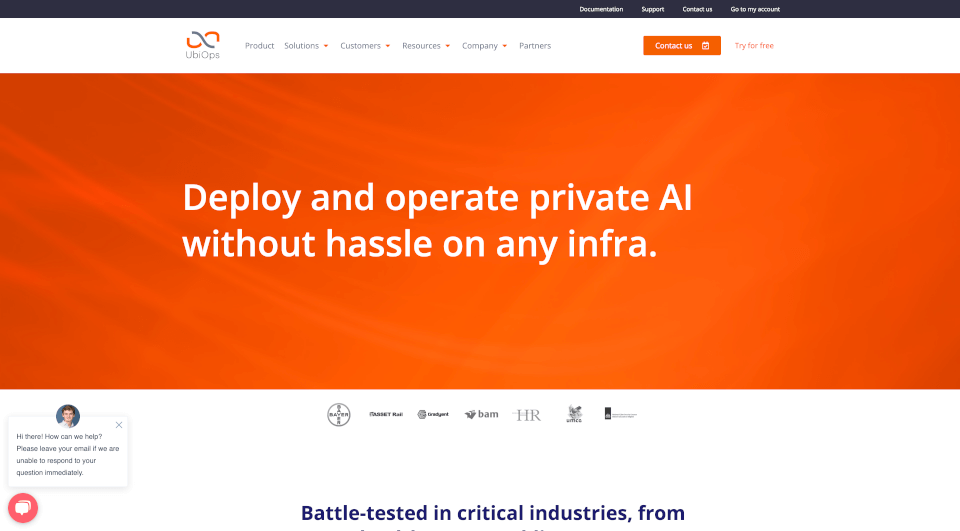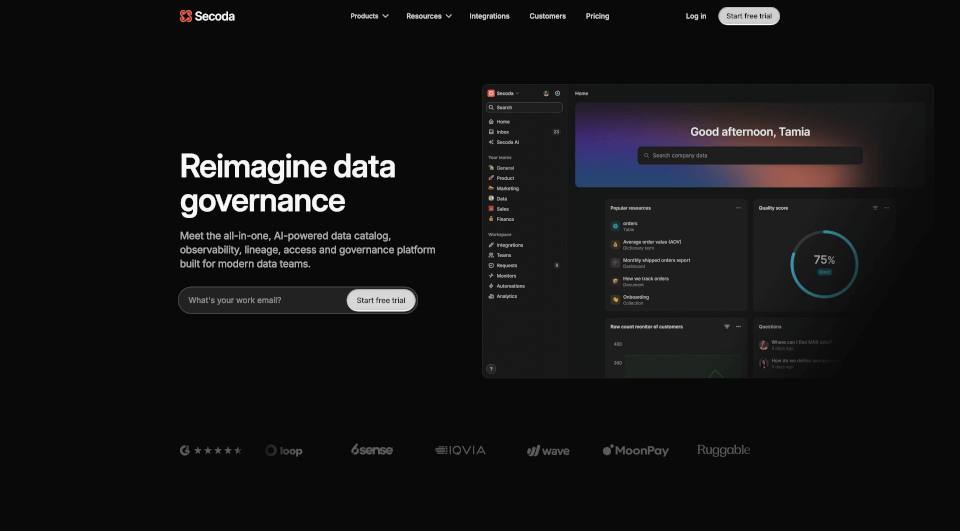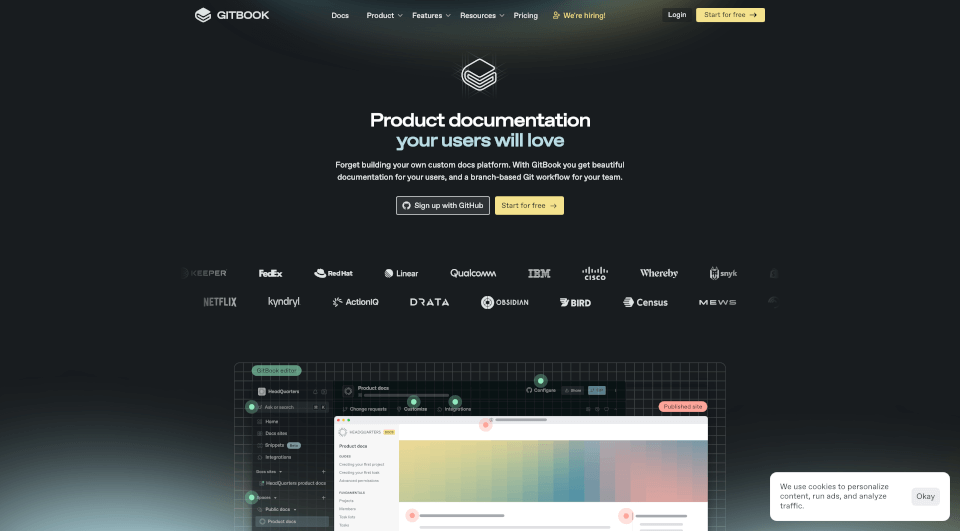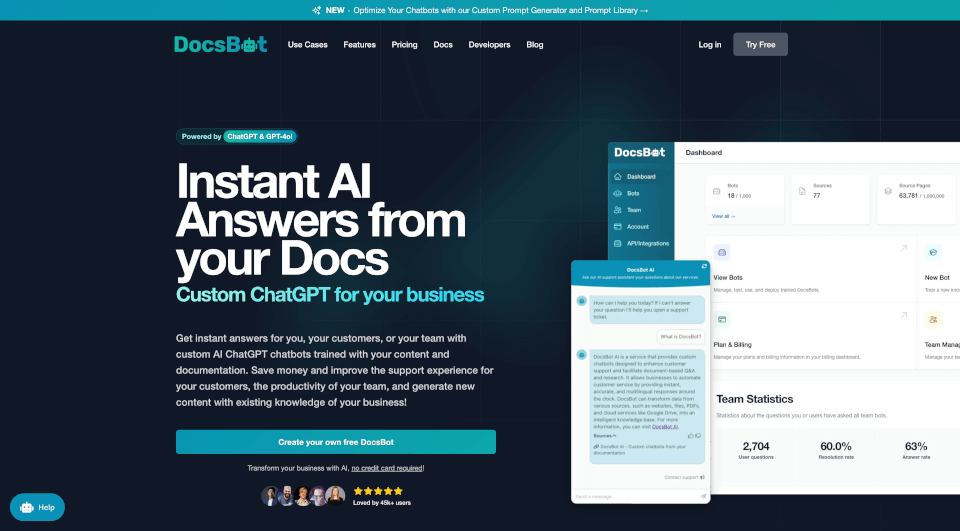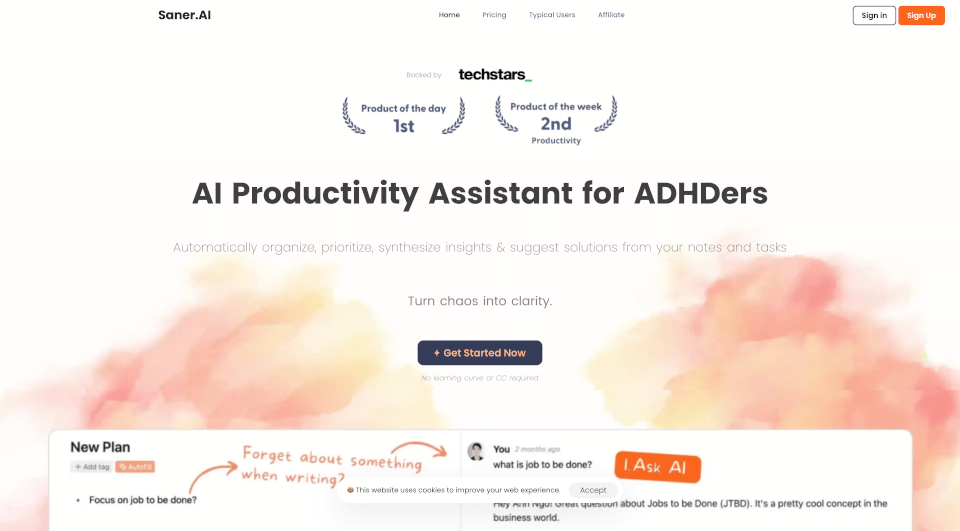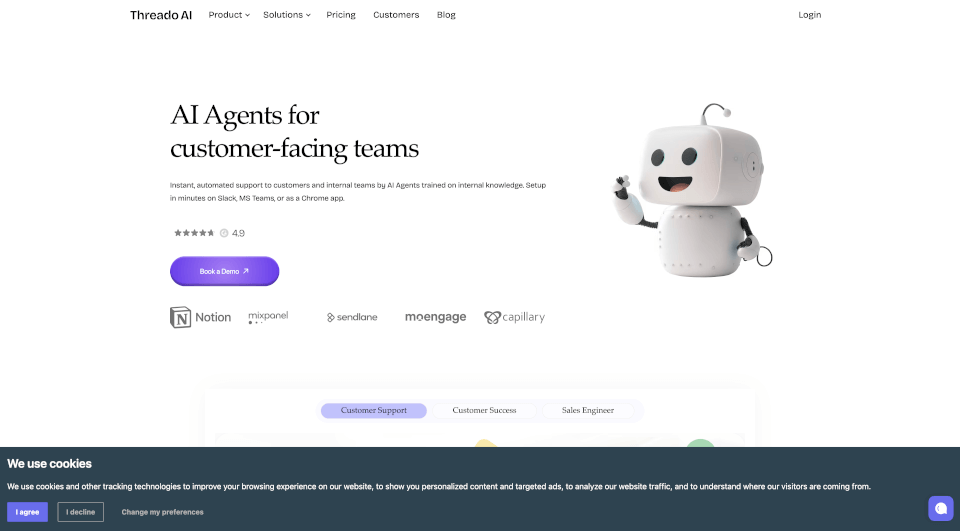What is UbiOps?
UbiOps is a cutting-edge platform designed for AI model serving and orchestration, streamlining the deployment of AI & ML projects without the complexities of managing Kubernetes and cloud infrastructure. This powerful tool is revolutionizing how businesses can operate their AI initiatives, enabling them to focus on innovation and model creation rather than getting bogged down by operational overhead.
What are the features of UbiOps?
UbiOps is packed with an array of features tailored to facilitate seamless AI operations:
-
On-Demand GPU Scaling: Instantly scale your AI and machine learning workloads using GPUs on-demand, ensuring you only pay for what you use while maximizing performance.
-
Comprehensive MLOps Capabilities: From version control to environment management, and monitoring to auditing, UbiOps provides built-in MLOps features that simplify AI workflow management.
-
Smart Automatic Scaling: Utilizing advanced algorithms, UbiOps automatically adjusts resources to match your workload demands, optimizing efficiency and saving costs on GPU usage.
-
Unified Interface: Manage workloads from a single interface, whether you're operating on local systems, in a hybrid environment, or across multiple clouds. This alleviates the complexity of dealing with various platforms.
-
Certified Security Compliance: UbiOps upholds stringent security standards, being ISO27001 and NEN7510 certified, thus ensuring your data is handled with the highest security measures.
-
Support for Varied AI Applications: The platform supports a range of AI applications, including computer vision, generative AI, natural language processing, and time series data analysis, making it versatile for multiple industry needs.
What are the characteristics of UbiOps?
UbiOps is distinguished by its robust infrastructure and user-oriented design:
-
Turn-Key Solution: The platform is ready to use out of the box, significantly reducing the time spent on setup and deployment.
-
Seamless Deployment: UbiOps allows for the effortless transition of AI models from the pilot phase to production, eliminating bottlenecks that traditionally delay project timelines.
-
Cost-Effectiveness: By reducing overhead and development costs by up to 80%, UbiOps enables organizations to allocate resources more effectively and innovate quicker.
-
Multi-Environment Support: Whether you prefer local deployments, hybrid setups, or cloud operations, UbiOps effortlessly integrates across different environments, thereby enhancing flexibility.
-
Team Collaboration Features: Designed for AI teams, UbiOps facilitates collaborative work environments, promoting efficient project management and faster iterations.
What are the use cases of UbiOps?
UbiOps can be utilized across various industries, adapting to unique application scenarios:
-
Healthcare: Aiding in personalized medicine through AI-driven insights, UbiOps helps optimize treatment plans for immunotherapy and other medical applications.
-
Agritechnology: In agriculture, UbiOps assists in analyzing vast amounts of data, enabling better decision-making and efficient resource management.
-
Public Sector: Streamlining operations and ensuring data governance in critical public services, UbiOps enhances data analysis and operational efficiencies.
-
Computer Vision Applications: Deploying models for image recognition and object detection, UbiOps supports innovations in sectors such as security surveillance and autonomous systems.
-
Generative AI: Harnessing the capabilities of pre-trained LLMs for creative industries, UbiOps allows for rapid content generation and intelligent automation.
How to use UbiOps?
To use UbiOps effectively:
- Sign Up: Create an account on the UbiOps platform.
- Deploy Your Model: Upload your AI model and configure its parameters based on your project requirements.
- Scale as Needed: Utilize the on-demand GPU feature to scale your processing power as project requirements evolve.
- Monitor Performance: Use UbiOps monitoring tools to keep track of your model's performance and make necessary adjustments.
- Collaborate with Teams: Utilize collaboration tools to work seamlessly with your team, ensuring everyone is aligned throughout the project lifecycle.
